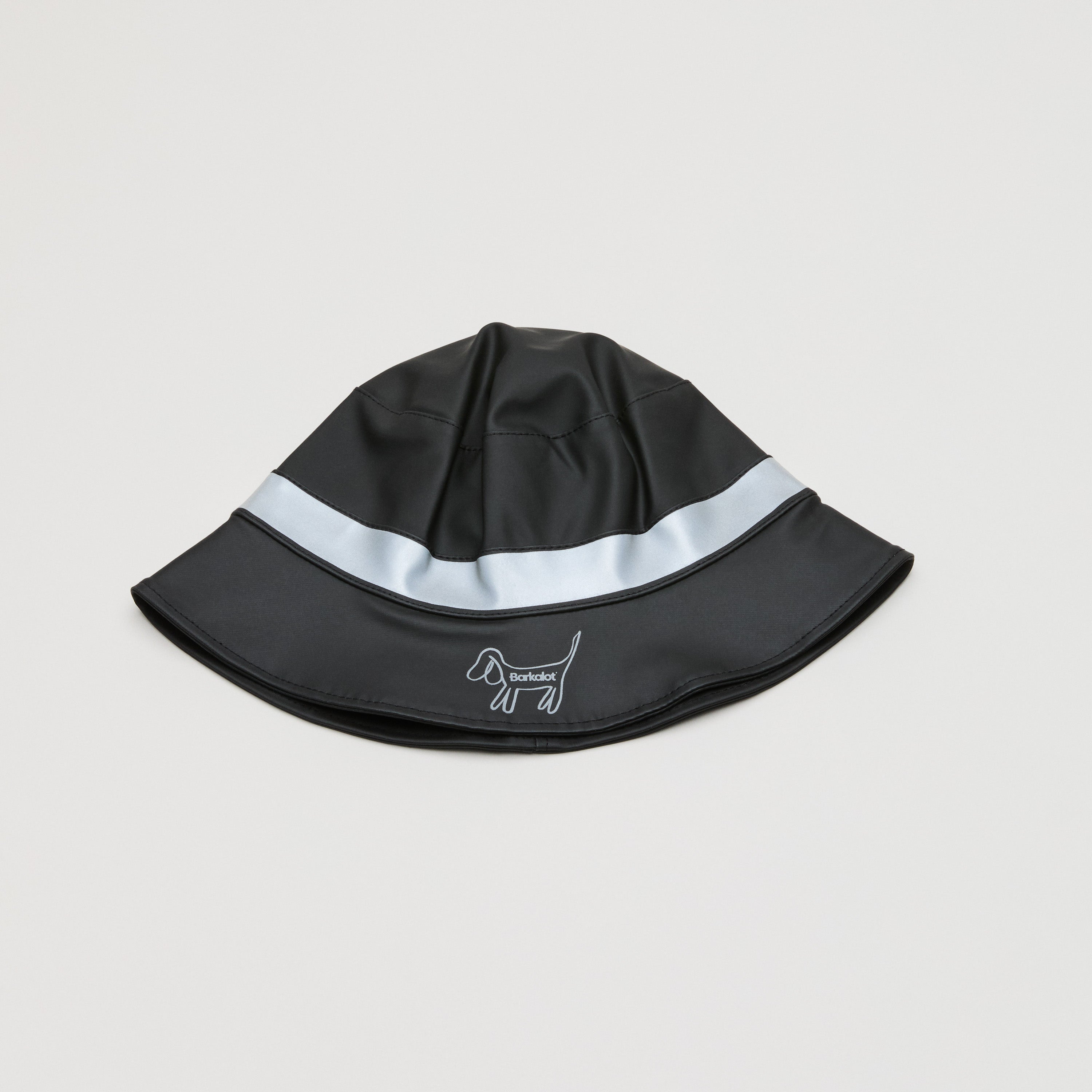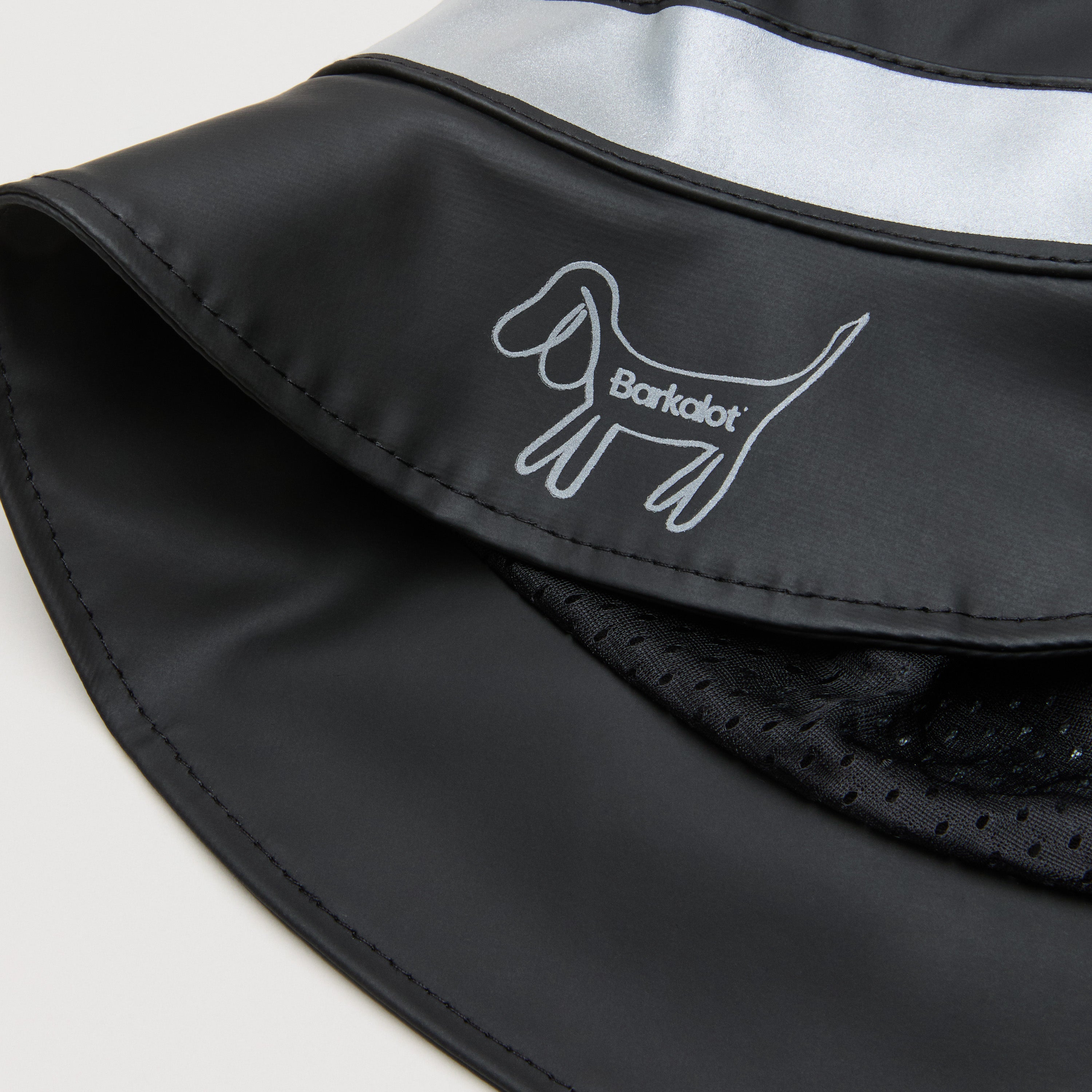How to keep your dog healthy

After a warm, carefree summer comes fall and everything connected to it. Halloween, pumpkins, and cozy knits but also rain and darker days. Because of the colder climate and stormier circumstances, some problems might appear in your dog's life. Here are some tips and tricks on common conditions as well as how you prevent them. A healthy dog is a happy dog!
A common condition among water-loving breeds is water tail, also known as frozen tail. It is not exactly pinpointed what causes the condition but it is believed that it is an inflammation in the nerves around the root of the tail after being too cold for too long.
Symptoms are that your dog's tail is hanging straight down, almost paralyzed. They usually feel pain in the tail and avoid sitting down or touching it. Females may have difficulties peeing since they can't raise their tail properly.
Usually, no medication is needed and the condition heals after a couple of days. If your dog is in a lot of pain contact your veterinarian and they might prescribe pain killers.
Prevent water tail by drying your dog thoroughly after a cold swim or a long rainy walk. Also, keep it dry and warm, a warm coat might be an option if needed.
Damp paws - during this wet and cold season, your dog's paws tend to get damp after almost every walk. It is very important to dry the paws and in between the pads to keep them healthy. A damp environment helps yeast fungus and bacterial infections to grow so dry them off thoroughly with a clean terry towel after every walk!
Well trimmed - dogs with a long fur coat need their paw hair trimmed regularly. Even more during fall and winter since dirk and snow can create lumps in the fur making it difficult for your pup to walk. So trim it down and keep it clean. This is not needed for dogs with short fur.
Colder temperatures can make it more energy-draining and difficult for your dog to move and walk around. Remember to let them warm up and rest plenty between activities and walks. So it is not a bad idea to let them curl up beside you on the couch for some extra cuddles!
Frequently Asked Questions (FAQs)
1. What is water tail, and how does it affect dogs?
Water tail, also known as frozen tail, is believed to be an inflammation of the nerves around the root of a dog's tail caused by being too cold for too long. Symptoms include the tail hanging straight down and appearing almost paralyzed, pain in the tail, and difficulty sitting or raising the tail, particularly for females when urinating.
2. How can I prevent water tail in my dog?
Prevent water tail by thoroughly drying your dog after they get wet from swimming or walking in the rain. Keep your dog dry and warm, and consider using a warm coat if necessary.
3. What should I do if my dog shows symptoms of water tail?
Usually, no medication is needed, and the condition heals after a few days. However, if your dog is in significant pain, contact your veterinarian, who may prescribe painkillers.
4. How do I care for my dog's paws during the fall and winter months?
Dry your dog's paws and the areas between the pads thoroughly after every walk to prevent yeast and bacterial infections. Use a clean terry towel for best results.
5. Do I need to trim my dog's paw hair in the fall and winter?
Yes, if your dog has long fur, trim the hair around their paws regularly to prevent dirt and snow from creating lumps that make walking difficult. This is not necessary for dogs with short fur.
6. How can I help my dog stay warm during colder weather?
Allow your dog to warm up and rest between activities and walks. Provide them with a warm, cozy spot to rest and consider additional cuddles on the couch for extra warmth and comfort.
7. Are there specific signs that indicate my dog is too cold?
Signs your dog may be too cold include shivering, reluctance to move, seeking warm places, and lifting paws off the ground. If you notice these signs, it's important to get your dog to a warmer environment.
8. Should I use a dog coat for my pet during the fall and winter?
Using a dog coat can be beneficial, especially for short-haired breeds or dogs that get cold easily. A coat helps keep them warm and dry, which is crucial in preventing conditions like water tail.
9. How can I keep my dog's environment dry and comfortable during rainy weather?
Ensure your dog's bedding and resting areas are dry. You can use waterproof mats or blankets and regularly clean and dry these items to keep your dog's environment comfortable.
10. What should I do if my dog’s paws develop infections due to dampness?
If your dog's paws develop signs of infection, such as redness, swelling, or a bad odor, consult your veterinarian. They may recommend an antifungal or antibacterial treatment to resolve the issue.
11. How often should I check my dog's paws during the fall and winter?
Check your dog's paws a couple of times a week for any signs of irritation, injury, or infection. Regular checks help you catch and address any issues early.
12. Can colder weather affect my dog's energy levels?
Yes, colder temperatures can make it more challenging for your dog to move and may drain their energy more quickly. Ensure they get plenty of rest between activities and consider adjusting the intensity and duration of walks accordingly.
13. Are there any other common issues dogs face during fall and winter?
In addition to water tail and damp paws, dogs may face issues like dry skin, frostbite, and hypothermia. Proper care and preventive measures can help mitigate these risks.













Leave a comment